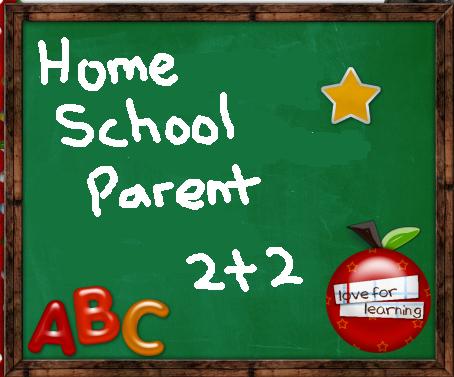
Before Reading:
Introduce The Hungry Caterpillar to your child by showing them the cover of the book. Explain to them that this book is about how a caterpillar changes.
While Reading:
1. Read the first three pages then stop. Ask the child to brainstorm what type of foods he/she might eat if hungry. Then ask, "Would caterpillars eat those kinds of foods?"
2. As you finish reading each day of the week, see if your child can tell you the next day of the week.
3. Have your child make predictions about what the caterpillar might eat next.
After Reading:
✔ What day of the week did the egg hatch into a small caterpillar?
✔ Why was the caterpillar so hungry?
✔ Was the caterpillar eating the right kind of food to help him grow?
✔ How many things did he eat on Monday?
✔ Did he eat more or less on Tuesday? How much more?
✔ How does that amount compare to what he ate on Wednesday and Thursday?
✔ How many things did he eat from Monday through Friday?
✔ How many things did he eat on Saturday?
✔ Why didn’t he feel well on Saturday?
✔For how many weeks was the caterpillar in the cocoon? How many days is that?
✔ What day of the week was it when the butterfly came out of the cocoon?
Language Arts
Compare and contrast butterflies and moths with this venn diagram.
Butterfly letter matching
Learn about real and make believe in the story with this worksheet
Handwriting
While Reading:
1. Read the first three pages then stop. Ask the child to brainstorm what type of foods he/she might eat if hungry. Then ask, "Would caterpillars eat those kinds of foods?"
2. As you finish reading each day of the week, see if your child can tell you the next day of the week.
3. Have your child make predictions about what the caterpillar might eat next.
After Reading:
✔ What day of the week did the egg hatch into a small caterpillar?
✔ Why was the caterpillar so hungry?
✔ Was the caterpillar eating the right kind of food to help him grow?
✔ How many things did he eat on Monday?
✔ Did he eat more or less on Tuesday? How much more?
✔ How does that amount compare to what he ate on Wednesday and Thursday?
✔ How many things did he eat from Monday through Friday?
✔ How many things did he eat on Saturday?
✔ Why didn’t he feel well on Saturday?
✔For how many weeks was the caterpillar in the cocoon? How many days is that?
✔ What day of the week was it when the butterfly came out of the cocoon?
Language Arts
Compare and contrast butterflies and moths with this venn diagram.
Butterfly letter matching
Learn about real and make believe in the story with this worksheet
Handwriting
Practice writing the letter B with this B is for Butterfly worksheet.
My caterpillar is green handwriting worksheet
Science
Learn about the lifecycle of a butterfly with this craft:
Older kiddos can learn about the lifecycle of a butterfly with these two worksheets:
Lifecycle of a butterfly (harder)
Lifecycle of a butterfly fill in the blank (more challenging)
Art/Coloring Page:

Here is a butterfly template to make a butterfly craft.
Math
Practice addition with this butterfly addition dice game.
Butterfly addition worksheet
More butterfly math
Try this caterpillar number match file folder game
Listen/Watch the Very Hungry Caterpillar.
You can watch the story illustrated here on YouTube:






















